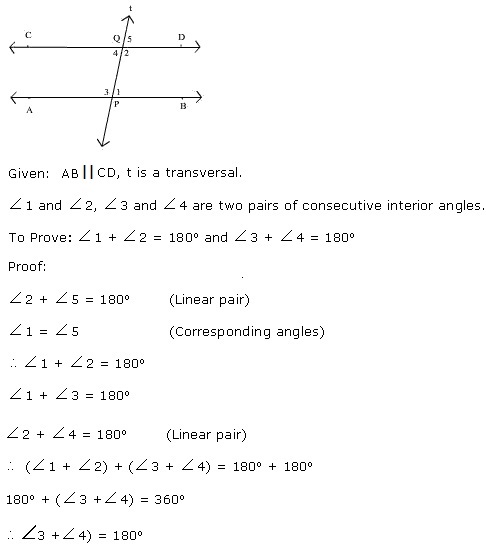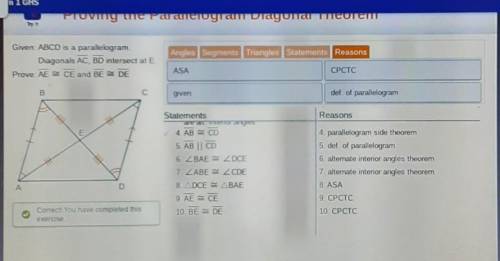

Not desirable, if you know for sure that your input is already “good”. Has to do some work before actually constructing the cone and sometimes it is If there areĮxtra rays, they will be discarded. Non-integral) rays, they will be replaced with primitive ones. Sage: octant = Cone () sage: halfspace = Cone () sage: positive_xy = Cone () sage: four_rays = Cone ()įor all of the cones above we have provided primitive generating rays, but inįact this is not necessary - a cone can be constructed from any collection of

Cython helper methods to compute integral points in polyhedra.Construction of finite atomic and coatomic lattices from incidences.Relative Interiors of Polyhedra and Cones.Abstract base classes for classes in geometry.Triangulations of a point configuration.Double Description for Arbitrary Polyhedra.

The PPL (Parma Polyhedra Library) backend for polyhedral computations.The polymake backend for polyhedral computations.The Normaliz backend for polyhedral computations.The cdd backend for polyhedral computations, floating point version.The cdd backend for polyhedral computations.Base class for polyhedra: Miscellaneous methods.Base class for polyhedra: Methods for triangulation and volume computation.Base class for polyhedra: Methods for plotting and affine hull projection.Base class for polyhedra: Methods for constructing new polyhedra.Base class for polyhedra: Graph-theoretic methods.Base class for polyhedra: Methods regarding the combinatorics of a polyhedron.Base class for polyhedra: Methods related to lattice points.Base class for polyhedra: Implementation of the ConvexSet_base API.Base class for polyhedra: Initialization and access to Vrepresentation and Hrepresentation.Morphisms between toric lattices compatible with fans.Catalog of common polyhedral convex cones.Access the PALP database(s) of reflexive lattice polytopes.A class to keep information about faces of a polyhedron.H(yperplane) and V(ertex) representation objects for polyhedra.Library of commonly used, famous, or interesting polytopes.Well, I have no proved that this method provides only and all extreme points.įurthermore, it requires to do the job for each ordering so the complexity is not polynomial.

Then I set P(1,0)=0.4 and decrements my counters : I set P(0,0)=0.3 and decrements my counters : Suppose I have 2 variables $X_1$ and $X_2$ and 2 marginal constraints : Sort the $x \in val(\chi)$ in that order.Īttribute to each x in turn the highest valid probability P(x) Repeat for each ordering of $x \in val(\chi)$ So far, I have devised a simple but fastidious way to identify extreme point :Ĭreate counters for each marginal constraints The question is how find the extreme points of that polytope, the number of those points (or an upper bound of that number) and (that would be great) an algorithm enabling to find neighbour extreme point from any extreme point. Its dimension is $card(val(\chi))-1-N=2^n-1-N$ where N is the number of additional linear constraints. The space that is valid for all my constraints is a convex polytope. In a vectorial space (over $\mathbb(P(x)=C)$ where S is the subset of $val(\chi)$ compatible with $X_i=x_i,X_j=x_j, \dots ,X_k=x_k$ Note : Having spent some time over the original problem below, I saw that it can be boiled down to a simpler problem.


 0 kommentar(er)
0 kommentar(er)
